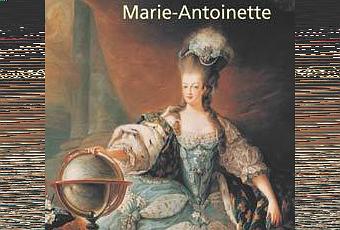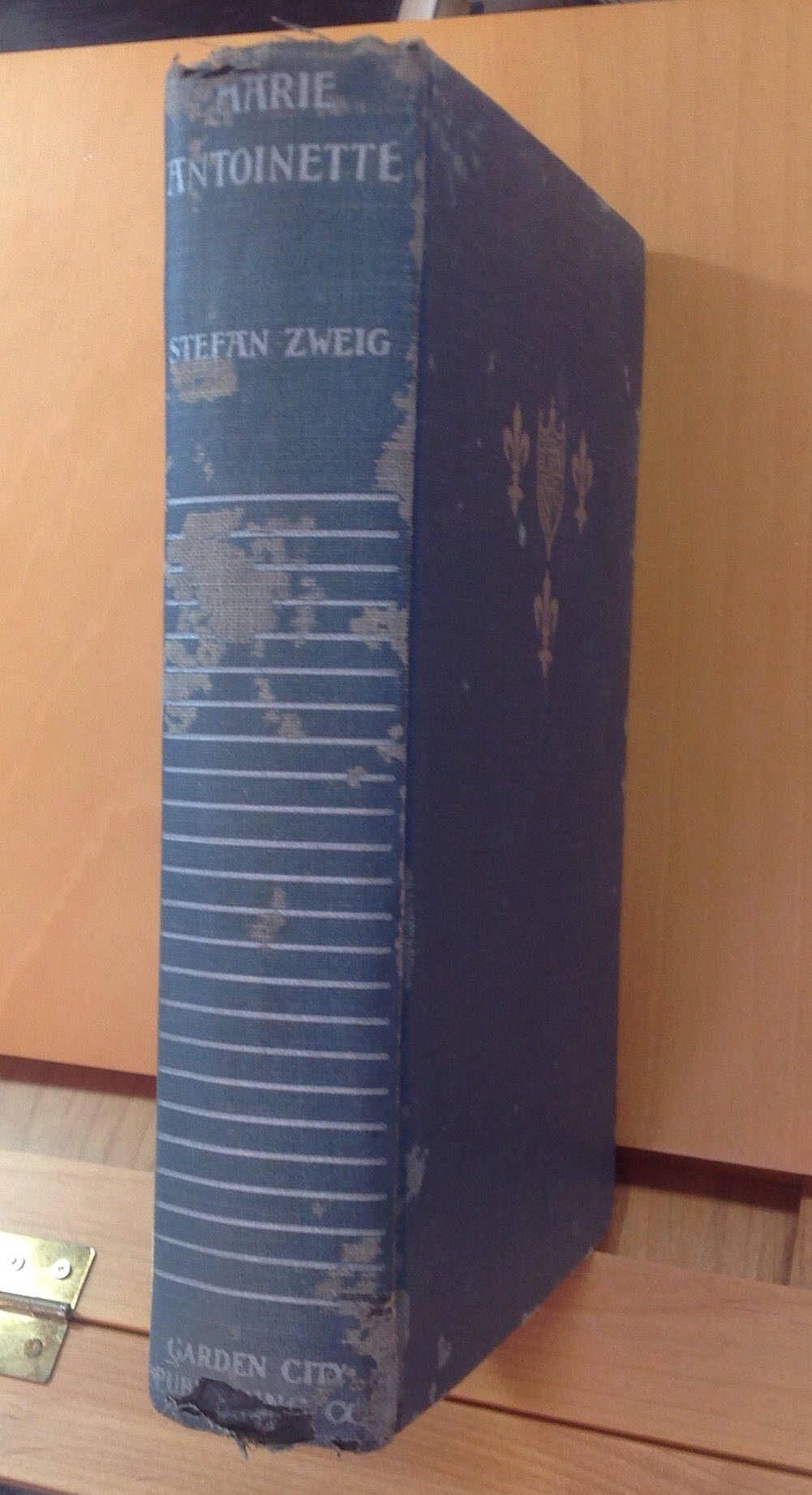



In his portrait of Marie-Antoinette, Stefan Zweig deploys his favorite theme: the human being, analyzed by mixing psychology, empathy, history and culture, without any judgment but with a sharp lucidity.īecause Stefan Zweig is terribly attracted to the vanquished ones, to the misunderstood ones – as he feels himself defeated and misunderstood: as a fine analyst, he can only sense the disasters which will soon tear his dear Europe apart and the futility of his tolerant voice facing the Nazi fanaticism. His biography of Marie-Antoinette is based on first-hand sources: the archives of Axel von Fersen, the Viennese State archives, the private correspondence between Marie-Antoinette and her mother or even official correspondence. Yet it is well known that Stefan Zweig extensively documented his work and never allowed himself to introduce unsupported facts. Humanist and psychological portraits (the debt to Freud is immense and fully recognized) which one might wonder if they are totally neutral because of a very lively sensitivity. And author of biographies.Īre we talking about biographies, by the way, I’m not even sure – I’d rather talk about portraits.

Above all, he is this “flying Salburg citizen” celebrated by his friend Romain Rolland, this Jewish bourgeois from a cosmopolitan Vienna who travels a lot, who writes even more and who becomes – once his PhD in philosophy in hand – poet, correspondent, essay writer, novelist. Sofia Coppola’s movie “Marie-Antoinette”, so sensitive, so human, may be based on the biography written by Antonia Fraser, but I can never help but see the connection between the work of Antonia Fraser and that of Stefan Zweig.Īnd if you have to read one and only one biography of Marie-Antoinette, then it shall be Stefan Zweig’s work, published in 1932.Įxceptional biographer, Stefan Zweig is not a historian. If we have to talk about Marie-Antoinette, then we have to talk about Stefan Zweig.


 0 kommentar(er)
0 kommentar(er)
